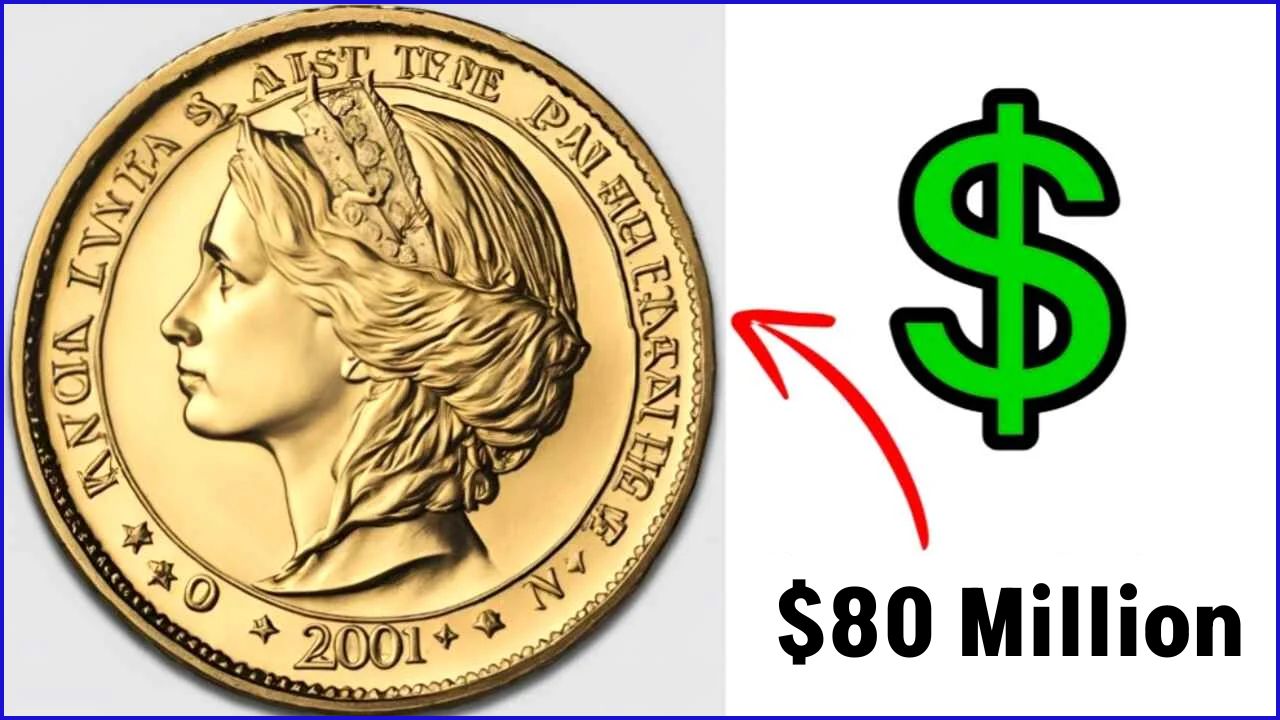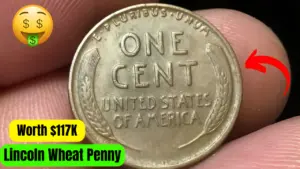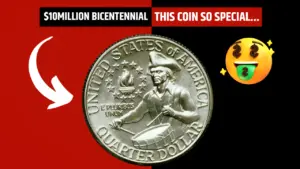The Lincoln Wheat Penny Valued at $80 Million : When it comes to rare coins, few stories are as fascinating as the Lincoln Wheat Penny that’s rumored to be worth a staggering $80 million. Yes, you read that right — $80 million for a penny. It sounds like a myth or urban legend, but there’s real history and intrigue behind this coin.
So, what’s the truth behind this legendary Lincoln Wheat Penny? Is it still floating around in circulation? How can you tell if you have it? Let’s dive into the full story.
A Brief History of the Lincoln Wheat Penny
The Lincoln Wheat Penny, also called the “Wheat Cent”, was first minted in 1909 to commemorate the 100th birthday of President Abraham Lincoln. It was the first U.S. coin to feature a real person rather than a symbolic figure.
Key Features:
- Obverse (Front): Portrait of Abraham Lincoln
- Reverse (Back): Two wheat ears surrounding the words “One Cent” and “United States of America”
- Years Minted: 1909 to 1958
Collectors love the wheat penny for its historic value, design, and the many rare errors that exist in certain years.
The $80 Million Lincoln Wheat Penny — What Makes It So Valuable?
The specific Lincoln Wheat Penny in question is not just any old penny. The coin rumored to be worth $80 million is believed to be a 1943 Bronze Lincoln Wheat Penny — a minting error that occurred during World War II.
🔍 The 1943 Bronze Wheat Penny Explained:
In 1943, to save copper for the war effort, the U.S. Mint switched to using zinc-coated steel to make pennies. However, a few bronze (copper-based) blanks from 1942 were accidentally used, resulting in extremely rare 1943 bronze wheat pennies.
Estimated Value:
- Regular 1943 steel penny: 5 to 50 cents
- 1943 bronze penny (error): Up to $1 million+
- The $80 Million Claim: This is likely based on one of the finest-known examples, possibly with an exceptional mint state (e.g., MS-68) or unique provenance.
How to Identify the $80 Million Lincoln Wheat Penny
So how can you tell if you’ve stumbled upon a treasure? Here are the key identifiers for the ultra-rare 1943 Bronze Wheat Penny:
✅ Key Features to Look For:
- Date: 1943
- Color: A reddish-brown, copper-like hue (not the gray steel version)
- Magnetic Test: Steel pennies are magnetic — bronze is not. If your 1943 penny is not attracted to a magnet, that’s your first sign.
- Weight:
- Steel Penny: About 2.7 grams
- Bronze Penny: About 3.11 grams
- Mint Marks: Look for pennies minted in Philadelphia (no mint mark), Denver (D), or San Francisco (S)
If your penny checks all these boxes, get it professionally appraised immediately!
Recent Sales and Public Interest
While the $80 million claim has raised eyebrows, verified sales of 1943 bronze pennies have occurred at high prices. Here are a few notable examples:
- 🔸 A 1943-D Bronze Penny sold for $1.7 million in a private sale.
- 🔸 Another Philadelphia mint version fetched $840,000 at auction.
- 🔸 A near-perfect MS-64 graded piece has been valued at over $2 million.
So, where does the $80 million figure come from?
It likely stems from hypothetical value, speculative bidding, or even collector frenzy. Some say it’s a marketing myth, while others suggest there’s only one in existence at this condition — making it priceless to the right buyer.
Could It Still Be in Circulation?
While it sounds impossible, history shows that some rare coins do slip through the cracks. Because millions of 1943 pennies were made, and people don’t usually examine change closely, there’s a slim chance one could still be out there — especially in piggy banks, old jars, or forgotten collections.
So yes — it’s theoretically possible that the $80 million penny is still in circulation, waiting to be discovered by someone like you.
Tips for Coin Hunters and Collectors
If you’re now tempted to go through your change drawer (and you should be!), here are a few pro tips:
- 🔍 Check all your 1943 pennies carefully
- 🧲 Use a magnet test
- ⚖️ Invest in a small scale to check coin weight
- 📸 Compare your coins to online references or consult a numismatic expert
- 💼 If in doubt, submit the coin to PCGS or NGC for professional grading and authentication
Final Thoughts: A Penny That Could Make You a Millionaire
The idea of an $80 million Lincoln Wheat Penny is more than just hype — it’s a blend of history, rarity, and mystery that continues to capture imaginations. While your odds of finding one are slim, they’re not zero. After all, someone found one in their lunch money not too long ago!
So, go ahead — check that coin jar. That ordinary-looking penny might just be a fortune in disguise.
Related Searches
- What is the rarest wheat penny?
- How much is a 1943 penny worth?
- Is there really a penny worth $80 million?
- How to tell if my penny is bronze or steel?
If you’d like this article in a shareable blog format or need help creating visuals for social media, I can help with that too! Want a downloadable version or infographic? Let me know.
Frequently Asked Questions (FAQ)
🔹 1. Is the $80 million Lincoln Wheat Penny real?
Yes, the coin exists — or at least, coins that are believed to be worth millions do. The rumored $80 million price tag likely refers to a unique, near-perfect 1943 bronze Lincoln Wheat Penny, possibly the only one of its kind in that condition. However, most authenticated bronze 1943 pennies sell for hundreds of thousands to a few million dollars.
🔹 2. What makes the 1943 Lincoln Wheat Penny so valuable?
The value comes from a rare minting error. In 1943, the U.S. switched from copper to steel pennies due to wartime needs. But a few copper (bronze) blanks from 1942 were accidentally used. These rare bronze pennies are now among the most sought-after coins in the world.
🔹 3. How many 1943 bronze pennies exist?
Only a few dozen are known to exist, with variations from different U.S. Mint facilities (Philadelphia, Denver, San Francisco). They are all incredibly rare, and some are unique, like the 1943-D bronze penny (only one is known to exist).
🔹 4. How can I tell if I have the $80 million penny?
Here are the key checks:
- Date: 1943
- Color: Reddish-brown (like copper), not gray
- Magnet Test: If it sticks, it’s steel (common); if not, it could be bronze
- Weight: Bronze pennies weigh around 3.11 grams, steel ones are lighter
- Mint Mark: Look for no mint mark (Philadelphia), D (Denver), or S (San Francisco)
If you believe you have one, consult a professional coin grading service like PCGS or NGC immediately.
🔹 5. Are 1943 steel pennies worth anything?
Yes, but much less than bronze ones. A typical 1943 steel penny is worth between 5 cents and $10, depending on its condition. Uncirculated or error versions can fetch higher prices, sometimes up to a few hundred dollars.


